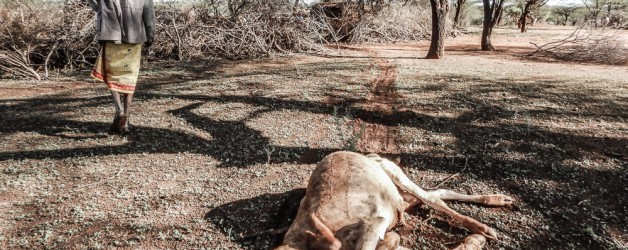Due to habitat loss the once abundant grey crowned cranes of East Africa are on the decline. Our marsh area was a typical example. It used to be a great breeding habitat for the crowned crane but as it dried up and was heavily grazed the crown cranes were left without a suitable breeding habitat. …
The difference between land that has been protected from livestock, and land that hasn’t, is very clear to see in this photograph. The damage done to the ecosystem by overgrazing has had a dramatic impact on the land around Olng’arua School, and across northern Kenya. Over grazed land is compacted and desiccated, it sheds rain …
The U.S. presidential election has shown just how divisive unequal access to education is to a society. People are scratching their heads, looking for an answer to how a man like Trump could even be on the ballot, let alone a serious contender. Research shows that one of the most significant factors is level of …
Olng’arua means ‘marsh’ in the Maa language. The school has that name because it is beside a marsh area that is fed by a spring (hence our year round green football field). The marsh is very important to the local people, who rely on it for water and grazing in the long dry season. It …
The photograph is of a well equipped classroom in one of the best government schools in northern Kenya. Every time I visit such a school I always wonder why it is that everybody accepts such ridiculously low standards for education here. Or indeed in most countries across the African continent. The prevailing ideology of development …
For most of northern Kenya the long rains aren’t actually any longer than the short rains. This year the long rains (arriving somewhere from late March and rarely staying beyond the first week in May) have been looked for with more than the normal amount of anxious anticipation. Across the north the short rains (usually …





